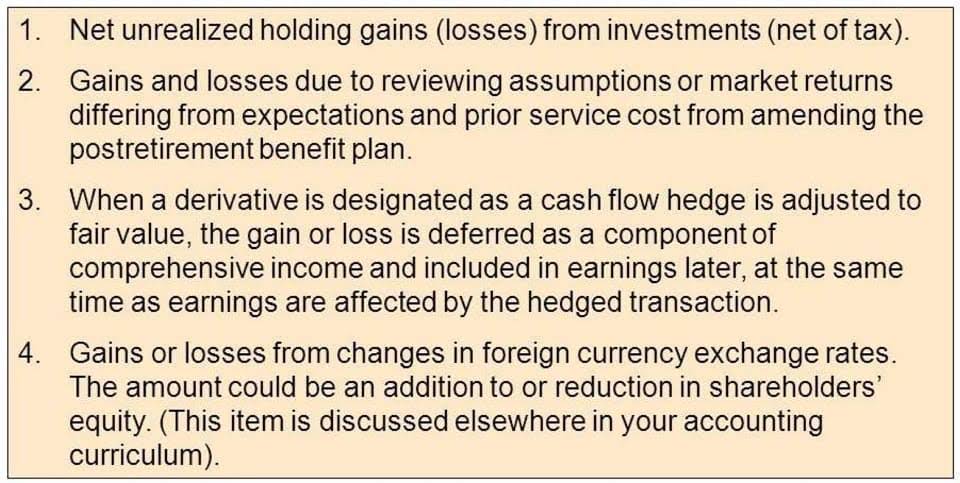
Retained Earnings is Beginning Retained Earnings + Revenue – Expenses – Dividends – Stock Repurchases. Because the Alphabet, Inc. calculation shows that the basic accounting equation is in balance, it’s correct. A screenshot of Alphabet https://www.bookstime.com/ Inc Consolidated Balance Sheets from its 10-K annual report filing with the SEC for the year ended December 31, 2021, follows. As our example, we compute the accounting equation from the company’s balance sheet as of December 31, 2021.
The accounting equation aims to determine business progress on any given day. It tells us how much money any company has in the Bank and how likely the business will meet all its financial obligations. It also helps us evaluate a business’s profit or loss since its inception. The accounting equation helps determine if the company has sufficient funds to purchase an asset if debts should be paid off with the existing assets, or by creating more liabilities. In double-entry accounting or bookkeeping, total debits on the left side must equal total credits on the right side.
The accounting equation helps understand the relationship between assets, liabilities, and owner’s equity. Assets are resources owned by an organization that helps generate future economic benefits. In contrast, liabilities are financial obligations resulting in an outflow of economic resources, i.e., cash outflow or any other asset. The owner’s equity is the business’s amount to its owner, i.e., capital or reserves and surplus.
It can also be described as the difference between assets and liabilities. The accounting equation forms the basis of double-entry accounting, where every transaction will affect both sides of the equation. Some common assets examples are cash, inventory, accounts receivable, equipment, etc. Liabilities include short-term borrowings, long-term debts, accounts payable, and owner’s equity, including share capital, retained earnings, etc. Individual transactions which result in income and expenses being recorded will ultimately result in a profit or loss for the period. The term capital includes the capital introduced by the business owner plus or minus any profits or losses made by the business.
This then allows them to predict future profit trends and adjust business practices accordingly. Thus, the accounting equation is an essential step in determining company profitability. The accounting equation plays a significant role as the foundation of the double-entry bookkeeping system. The primary aim of the double-entry system is to keep track of debits and credits and ensure that the sum of these always matches up to the company assets, a calculation carried out by the accounting equation. It is based on the idea that each transaction has an equal effect. It is used to transfer totals from books of prime entry into the nominal ledger.

Accounting software is a double-entry accounting system automatically generating the trial balance. The trial balance includes columns with total debit and total credit transactions at the bottom of the report. As we’ve learned previously, the accounting equation is a mathematical expression that shows the relationship among the different elements of accounting, i.e. assets, liabilities, and capital (or “equity”).
The expanded accounting equation can allow analysts to better look into the company’s break-down of shareholder’s equity. The revenues and expenses show the change in net income from period to period. Stockholder transactions can be seen through contributed capital and dividends. Although these numbers are basic, they are still useful for executives and analysts to get a general understanding of their business.
Current assets include cash and cash equivalents, accounts receivable, inventory, and prepaid assets. Current liabilities are short-term financial obligations payable in cash within a year. Current liabilities include accounts payable, accrued expenses, and the short-term portion of debt.
Every transaction is recorded twice so that the debit is balanced by a credit. A company’s quarterly and annual reports are basically derived directly from the accounting equations used in bookkeeping practices. These equations, entered in a business’s general ledger, will provide the material that eventually makes up the the accounting equation may be expressed as foundation of a business’s financial statements. This includes expense reports, cash flow and salary and company investments. It is used to analyze whether the assets are financed by debt or business owner funds with the help of double-entry accounting. It differentiates between business assets, liabilities, and equity.
Although Coca-Cola and your local fitness center may be as different as chalk and cheese, they do have one thing in common – and that’s their accounting equation. Regardless of how the accounting equation is represented, it is important to remember that the equation must always balance. Over 1.8 million professionals use CFI to learn accounting, financial analysis, modeling and more. Start with a free account to explore 20+ always-free courses and hundreds of finance templates and cheat sheets. Some terminology may vary depending on the type of entity structure.